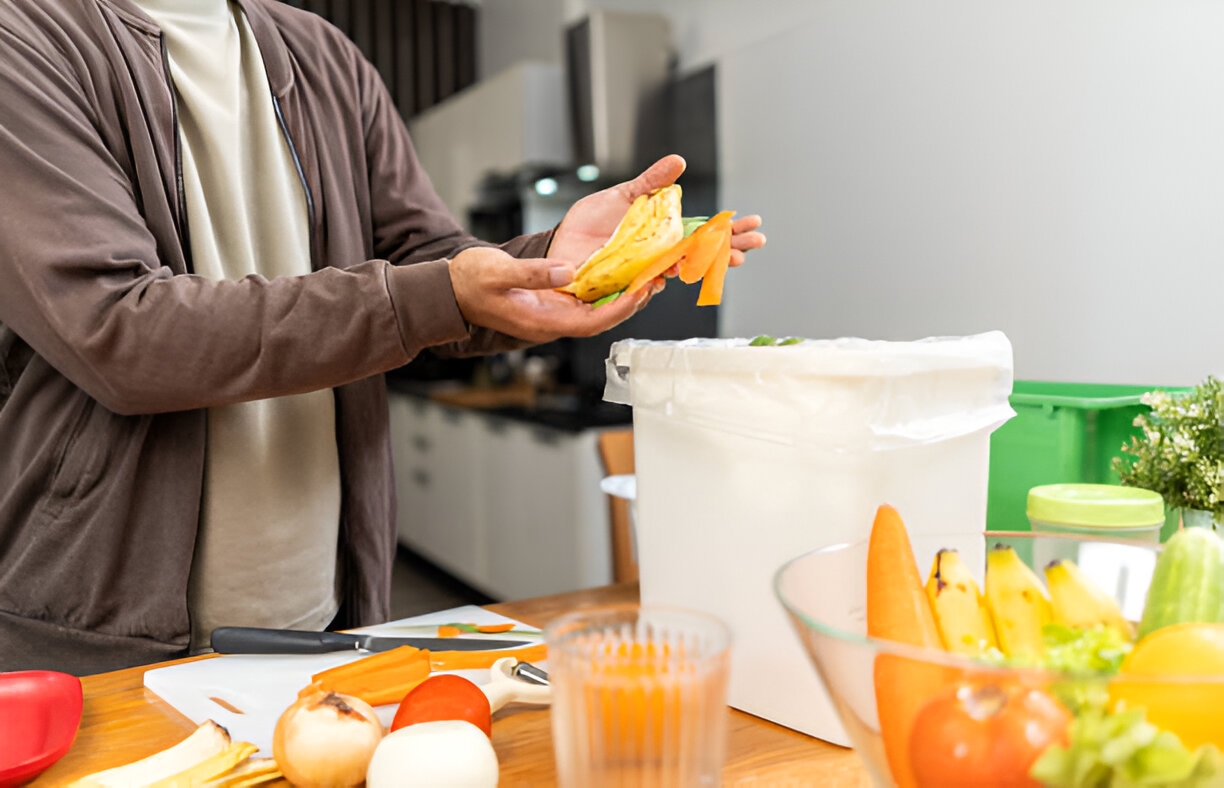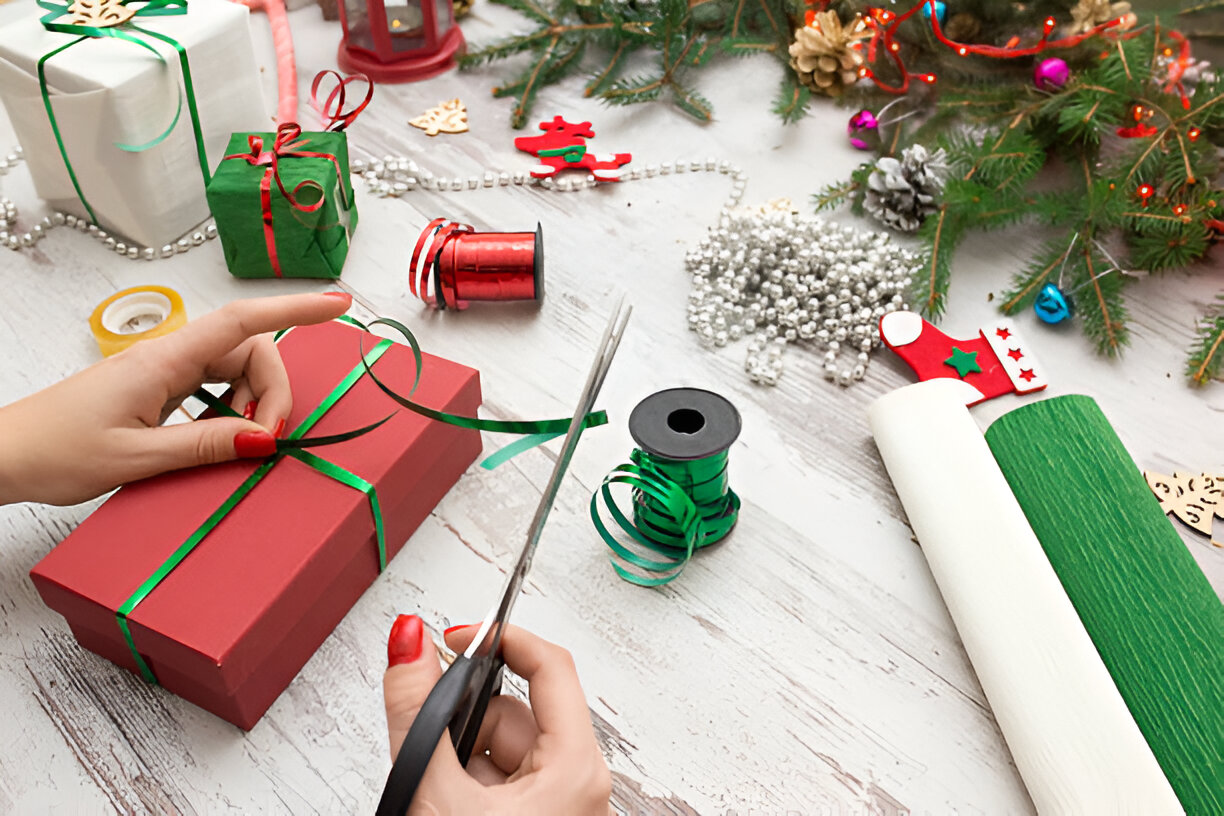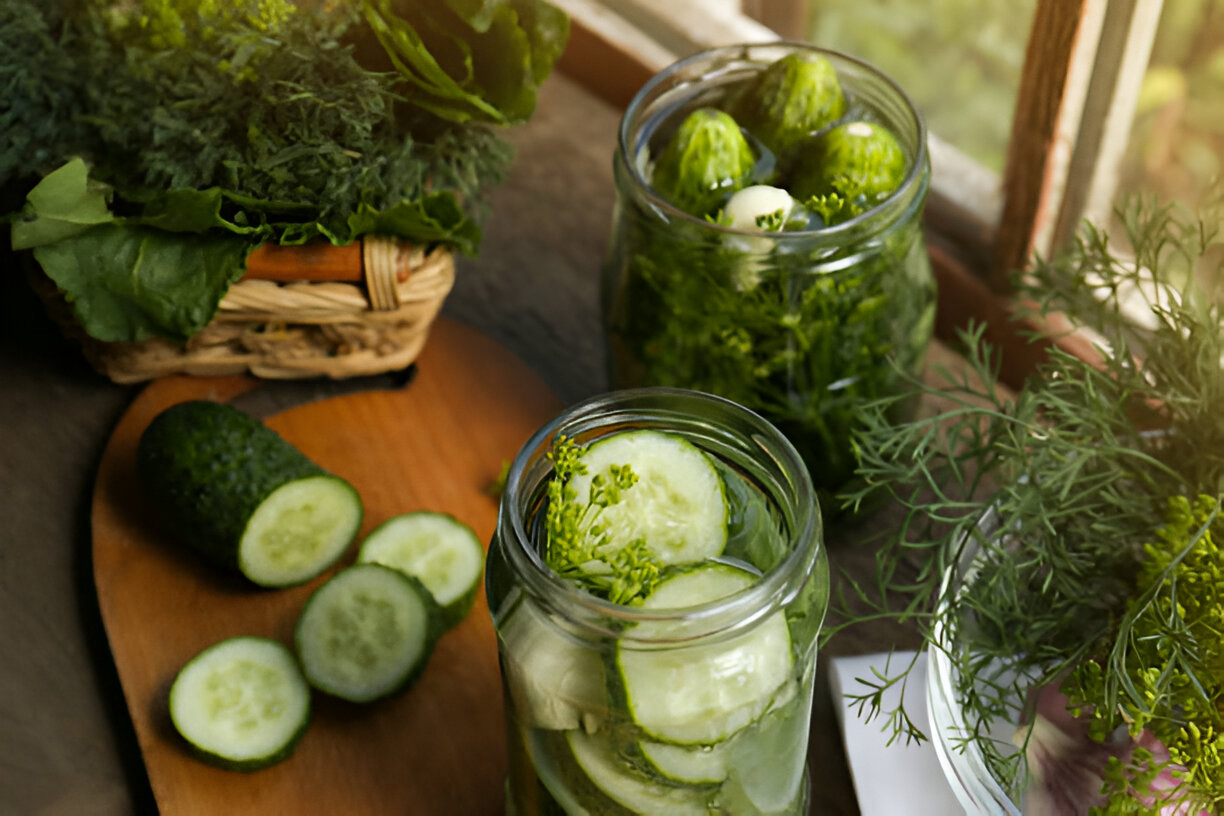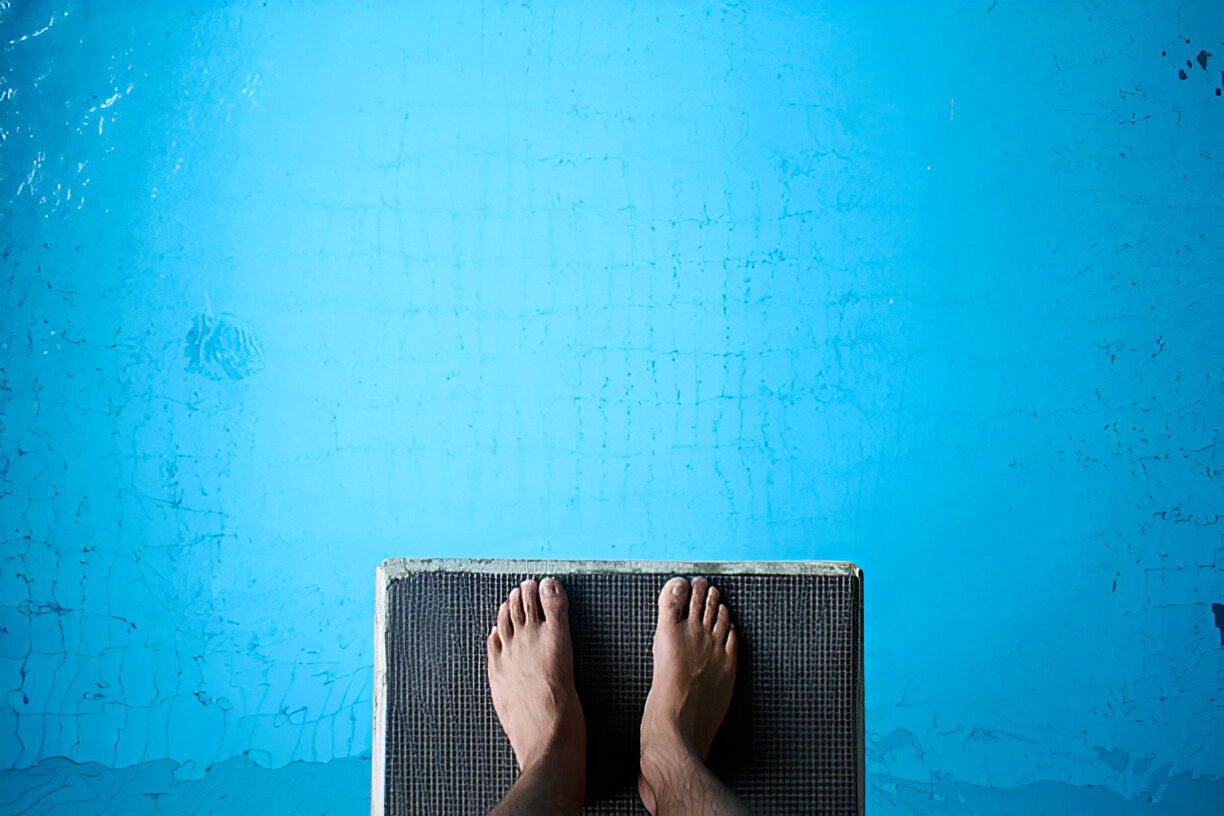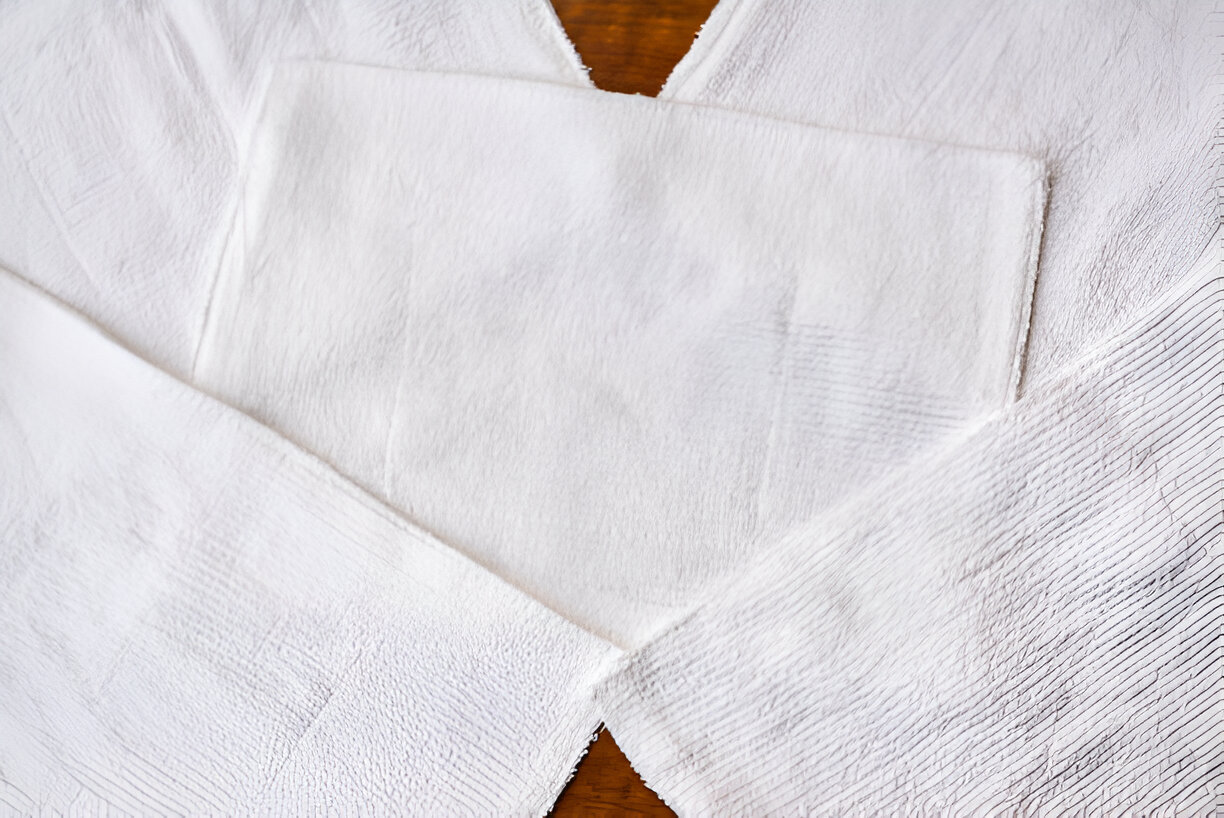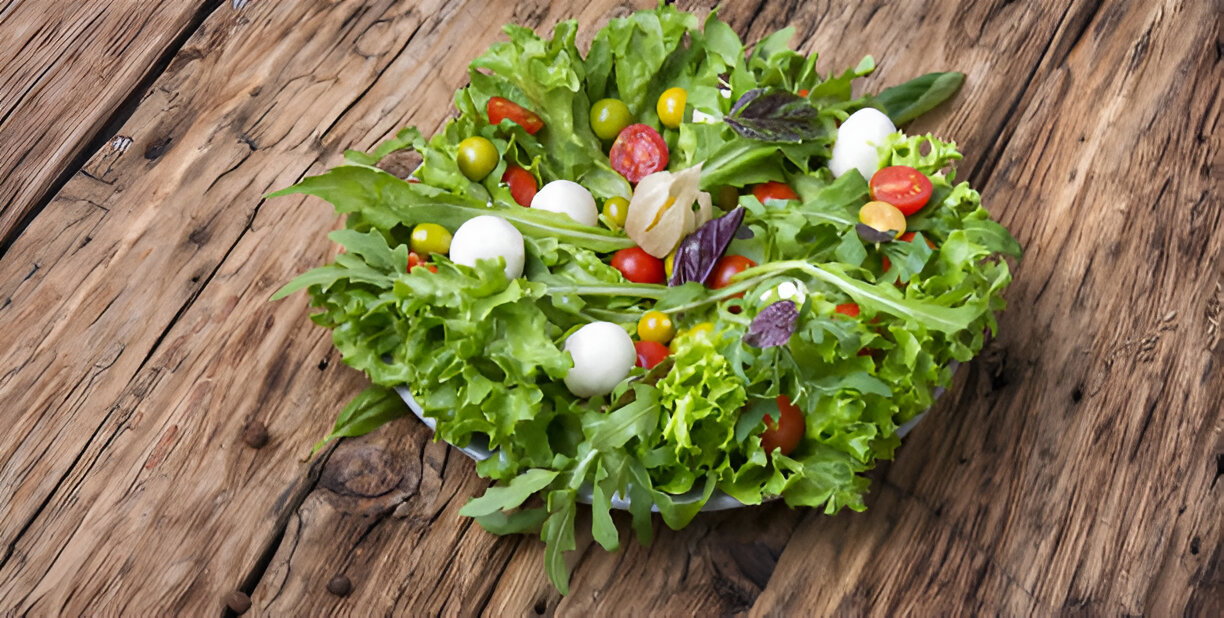
Cost:
Medium ($100 to $500)
Commitment:
High
Green Impact:
4 out of 5
“It is the essence of recycling,” says Joan Gussow, nutritionist, gardener, and author of
“Growing, Older”
and
“This Organic Life.”
Layer by Layer
If you have to compost indoors, worms will make it quicker and (believe it!) less stinky. They can eat “green” matter and produce castings of vermicompost (that’s good, clean dirt) in three to four months. Layer components from the bottom up as shown.
Top Paper Layer
If things start to get too soggy or smelly, add dry, nonglossy paper. (The worms will also eat this.)
Green Waste
Throw in produce peels and scraps, clean egg shells, bread, pasta, cooked rice, coffee grounds, and tea leaves. Before burying raw fruit among the paper bedding, rinse it in warm water, then freeze or microwave to kill off any fruit-fly eggs. Also, cut up large chunks into smaller pieces so they’ll break down faster.
Red Worms, or “Wigglers”
Add about one pound of worms per square foot of space in a brightly lit room, and they’ll burrow in nicely. Buy them at your local gardening center or online at
northwestredworms.com
.
Shredded Paper Base
Soak it in a bowl of water, wring it out, and fully cover the bottom of the tray.
A Composter
The Cascade 3 Tray Worm Factory ($90,
greendepot.com
) has stackable levels and a nozzle to drain any liquid. Add scraps to the top trays, which have mesh bottoms. The compost filters to the bottom as the worms eat their way up through each level.
See a selection of our favorite composters on the Whole Living Daily blog.
Composting Outdoors
In a pile or large container, layer one-third nitrogen-rich “green” waste (along with green grass clippings and leaves) and two-thirds carbon-rich “brown” waste, such as paper, dry leaves, fireplace ash, and twigs. Keep the contents slightly damp — average rainfall will usually do the trick. To speed things up, turn the pile with a garden fork when adding new material.











